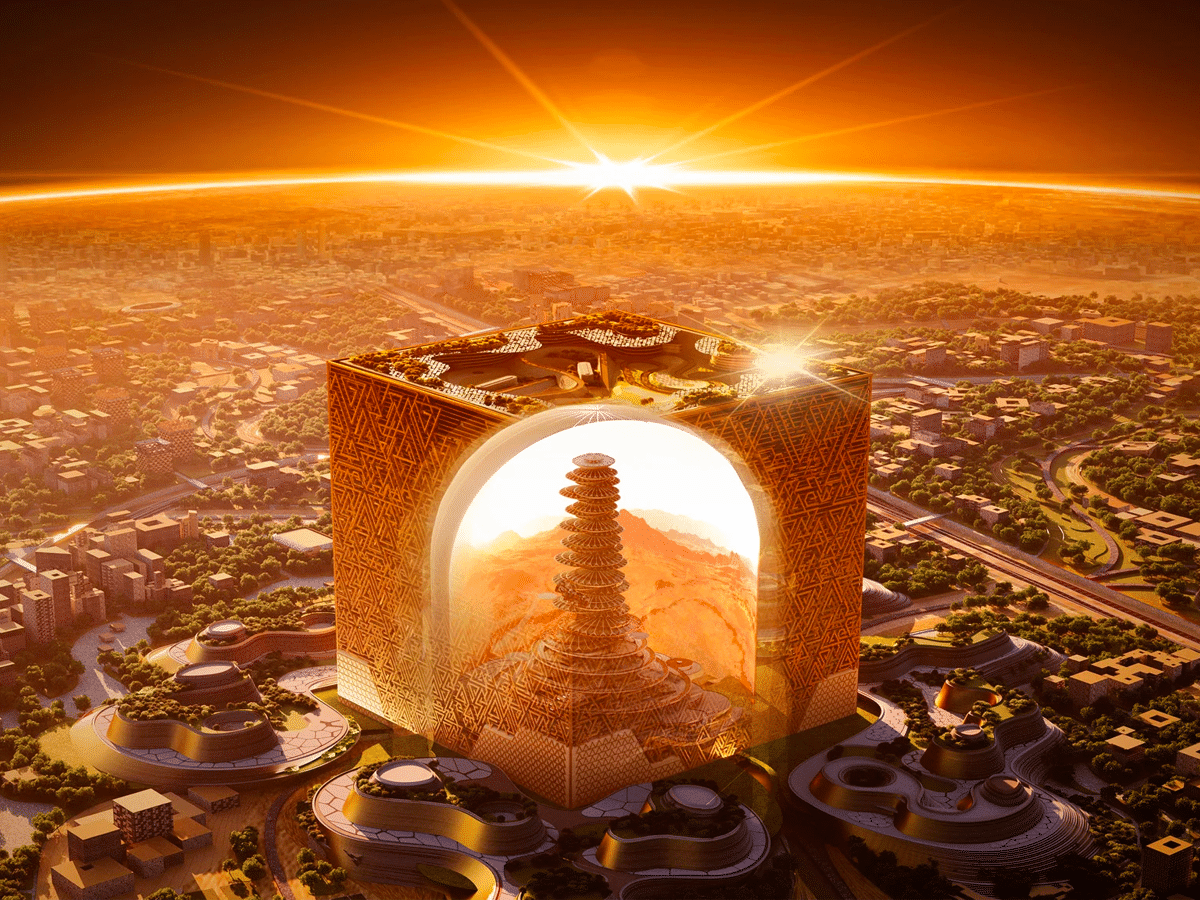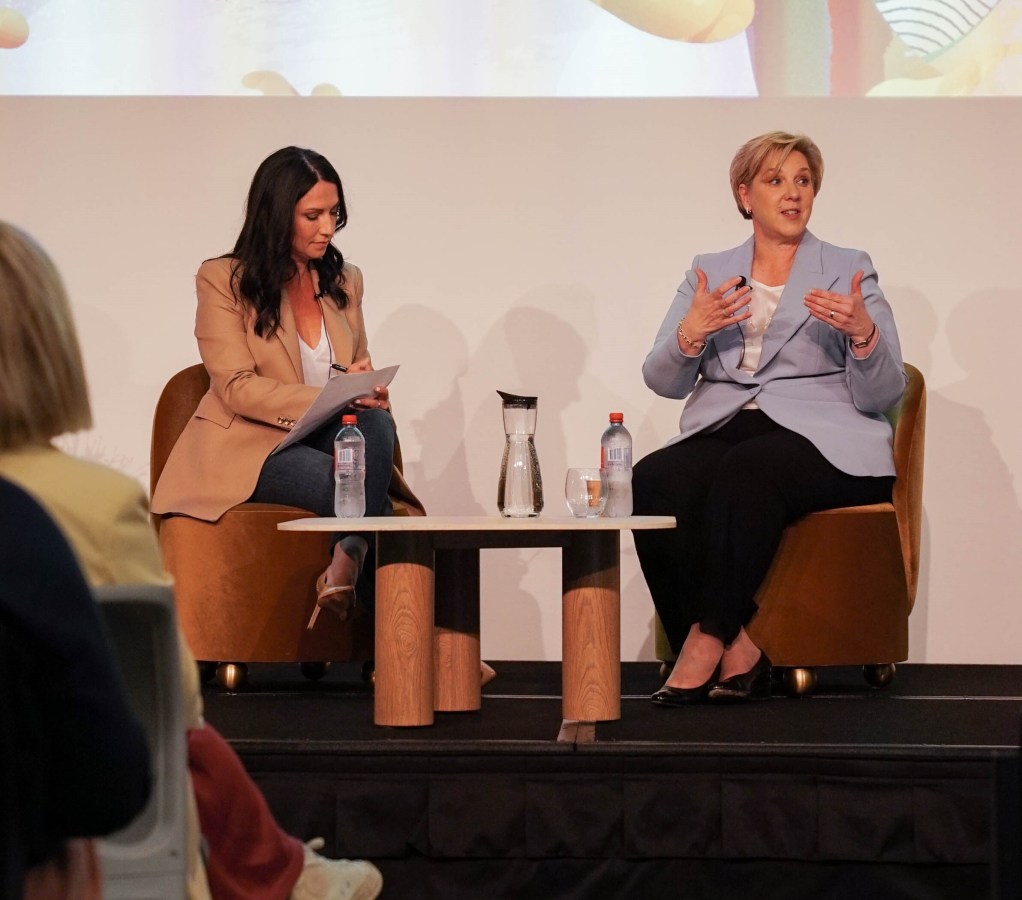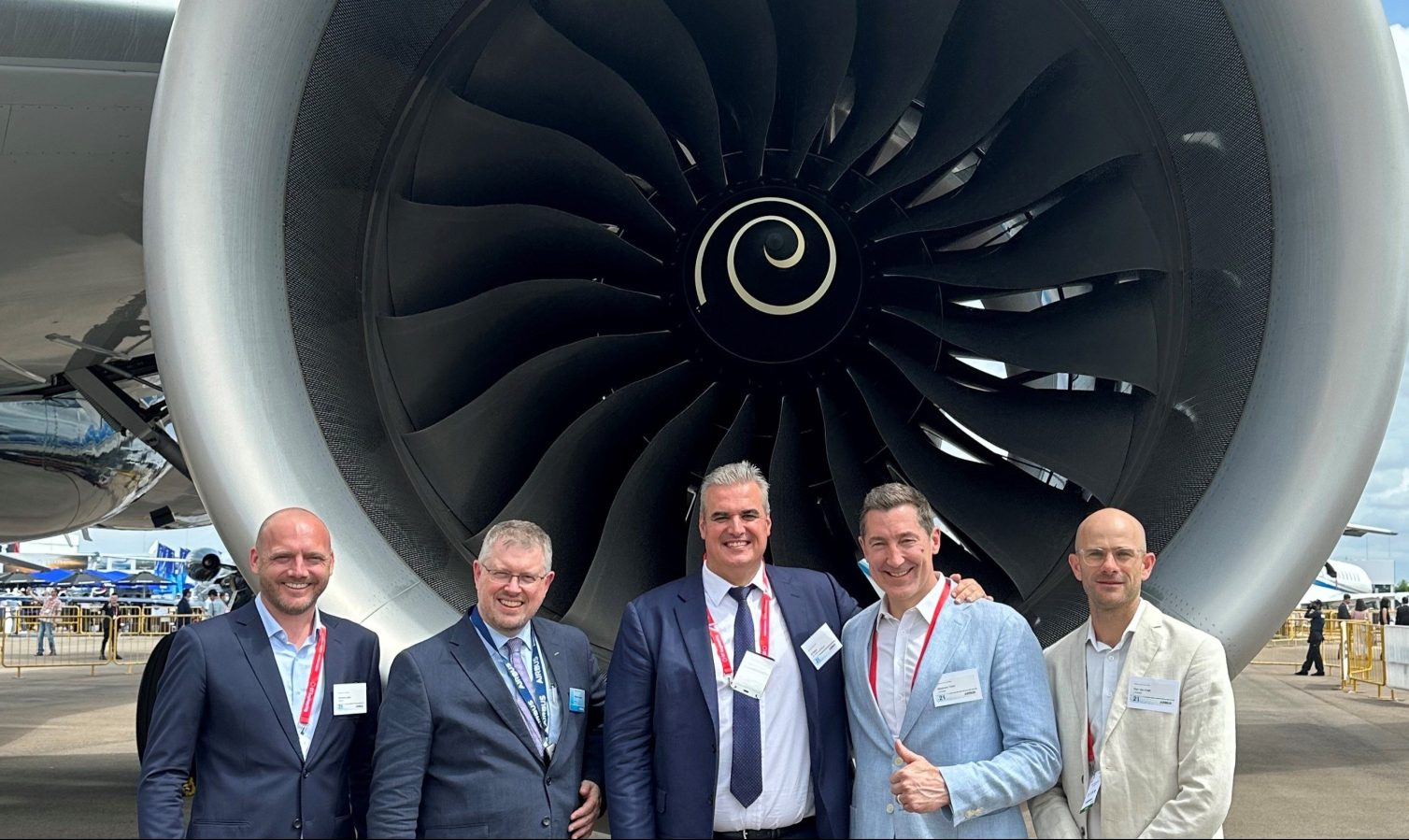Toyota announced its Woven City project in 2020. In 2021, it broke ground on construction at a site close to the foot of Japan’s Mount Fuji. Three years later, documents on Woven City website confirm Phase 1 of the development will be complete by the end of the year and trials will start in 2025.
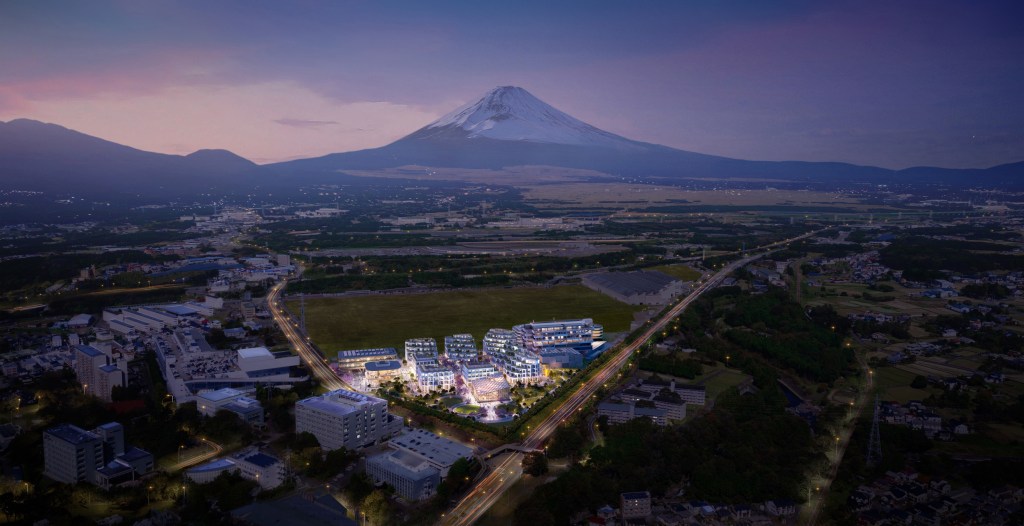
So what exactly is Woven City? Advertised as a “mass human experiment”, it is a real-life test course for mobility, according to Toyota. And a ‘key initiative for Toyota to transform itself into a mobility company.’
Where will it be?
Woven City will span 708,000 square metres across 175 acres, with 360 initial residents and 2000 in the future, the company says. It is being built on the former site of Toyota’s Higashi-Fuji Plant which was closed four years ago. A new plant was built in Tohoku, in the northeastern part of Japan, an area severely impacted by the 2011 earthquake and tsunami.
In 2020, Toyota announced the closed Higashi-Fuji site will become home to Woven City. At the groundbreaking ceremony in 2021, Toyota CEO Akio Toyoda said the aim of revitalising the site is to“ connect the history of the Higashi-Fuji Plant to the future of this city,” Toyoda stated. Toyoda has since stepped down as CEO and is now Chairman.
What will Woven City be used for?
“There we will pilot experiments and innovations that will propel society forward,” the Woven City website reads.
The specific technology that will be tested has not been disclosed, but the website states that researchers and businesses around the world will be able to pursue opportunities in personal mobility, automated driving, robotics and artificial intelligence.
The community will have three types of streets, according to the website, that join together at ground level.
“One is dedicated to automated driving, one to pedestrians and one to pedestrians using personal mobility vehicles,” the Woven City website states. “There will also be an underground road for goods transportation.”
The Woven City website frequently references a ‘living laboratory,’ and ‘connected way of ‘living.’ The city seeks to fuse a traditional aesthetic with cutting-edge technology and techniques. “Many of the buildings in Woven City will be built of wood and use ancient Japanese woodworking techniques, but executed by industrial robots,” the website states.
“Building a complete city from the ground up, even on a small scale like this, is a unique opportunity to develop future technologies, including a digital operating system for the city’s infrastructure,” says Toyoda, of the smart city. “With people, buildings and vehicles all connected and communicating with each other through data and sensors, we will be able to test connected AI technology in both the virtual and the physical realms, maximising its potential.”
Who will live there?
“The community will begin with around 360 residents, mainly senior citizens, families with young children and inventors. Eventually, the population will increase to more than 2,000, including Toyota employees,” the website states.
Startups, entrepreneurs, developers, partner corporations and residents are expected to make up the population of the new city.
“Everyone living in Woven City is an inventor, jointly devoted to helping realize innovations that benefit all people. The infrastructure is designed to create an environment where inventions with the potential to solve social issues can be created in a timely-fashion,” the website states.
Why is Toyota investing in Woven City?
“Toyota’s vision for a mobility society and the ‘Toyota Mobility Concept’ focuses on extending the value of the car, expanding mobility into new realms and integrating mobility with social systems. In line with this framework, we will help Toyota to develop next-generation cars, including advanced BEVs, and to realize a mobility society in which everyone can move freely, happily and safely,” the website states.
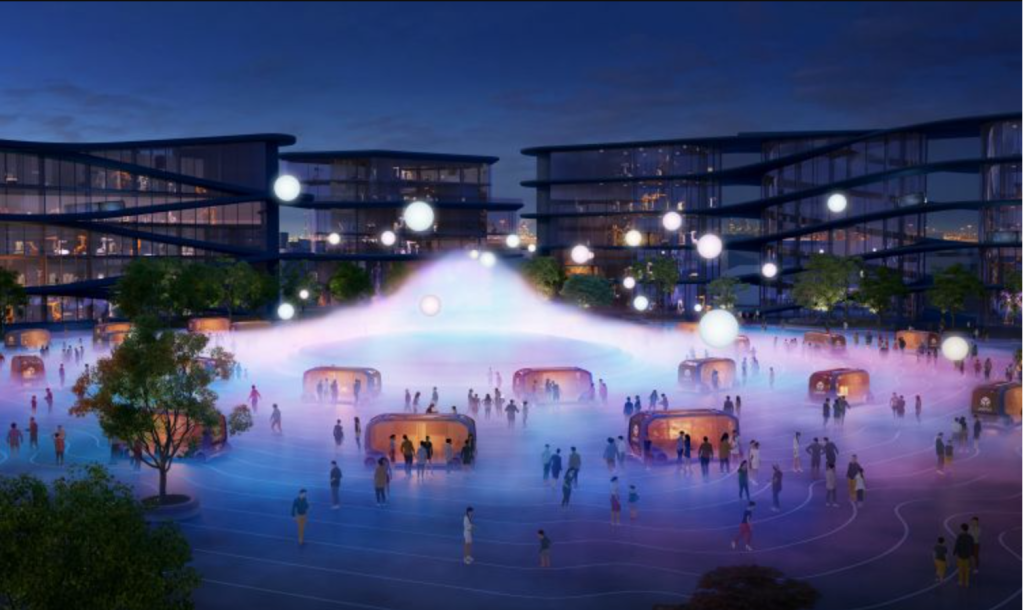
“We are enhancing the many ways that people, goods, and information move on the planet. By improving the safety and efficiency of daily experiences like getting where we need to go, receiving packages, and virtually connecting with others, our goal is to enable greater global harmony,” the website states.
Why is it called Woven City?
The Woven City Facebook page discloses that the words ‘interwoven’ and ‘weave’ are closely related to Toyota’s founding story.
“Woven is the past principle of ‘weave’ and means ‘interwoven.’ Sakichi Toyoda, the founder of Toyota, invented the automatic loom to make his mother’s weaving easier, with the belief of doing something ‘for others.’ The word ‘woven’ inherits his belief and is used as an expression to interweave the founding principles in the future fabric of life that is Woven City.”
How will it be built, powered, and how much will it cost?
Danish architect Bjarjk Ingels is designing the city. It is being built by Woven by Toyota (formerly known as Woven Planet.)
Hydrogen-powered fuel cells will generate electricity, Toyota confirms.
The Wall Street Journal reports that former-CEO Akio Toyoda personally invested AUD$52 million in Woven Planet – since renamed Woven by Toyota – and sold it back to Toyota for a similar amount.
MSN reports that the cost to build Woven City is in the ballpark of AUD$15 billion. The exact figure is not known.
Look back on the week that was with hand-picked articles from Australia and around the world. Sign up to the Forbes Australia newsletter here or become a member here.
